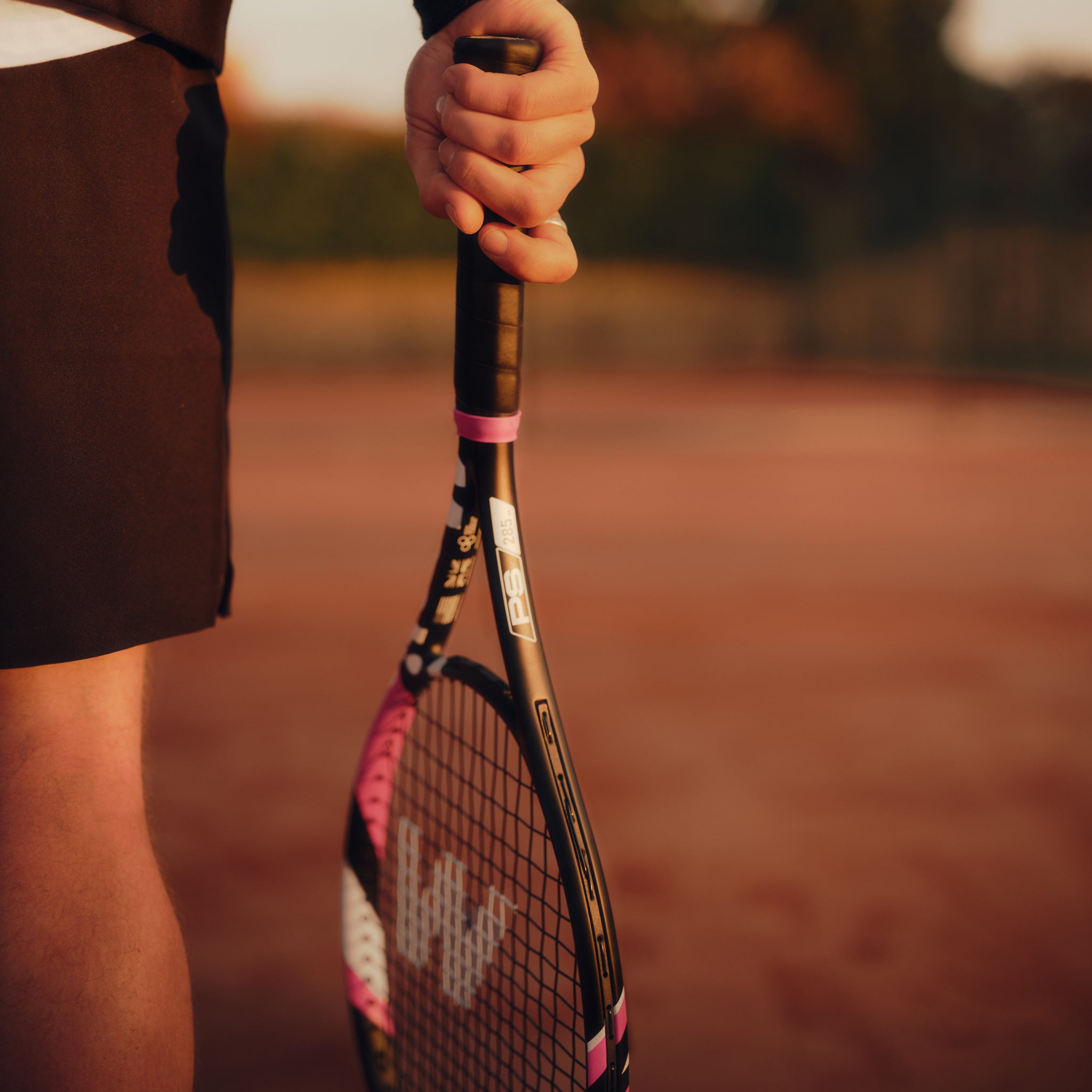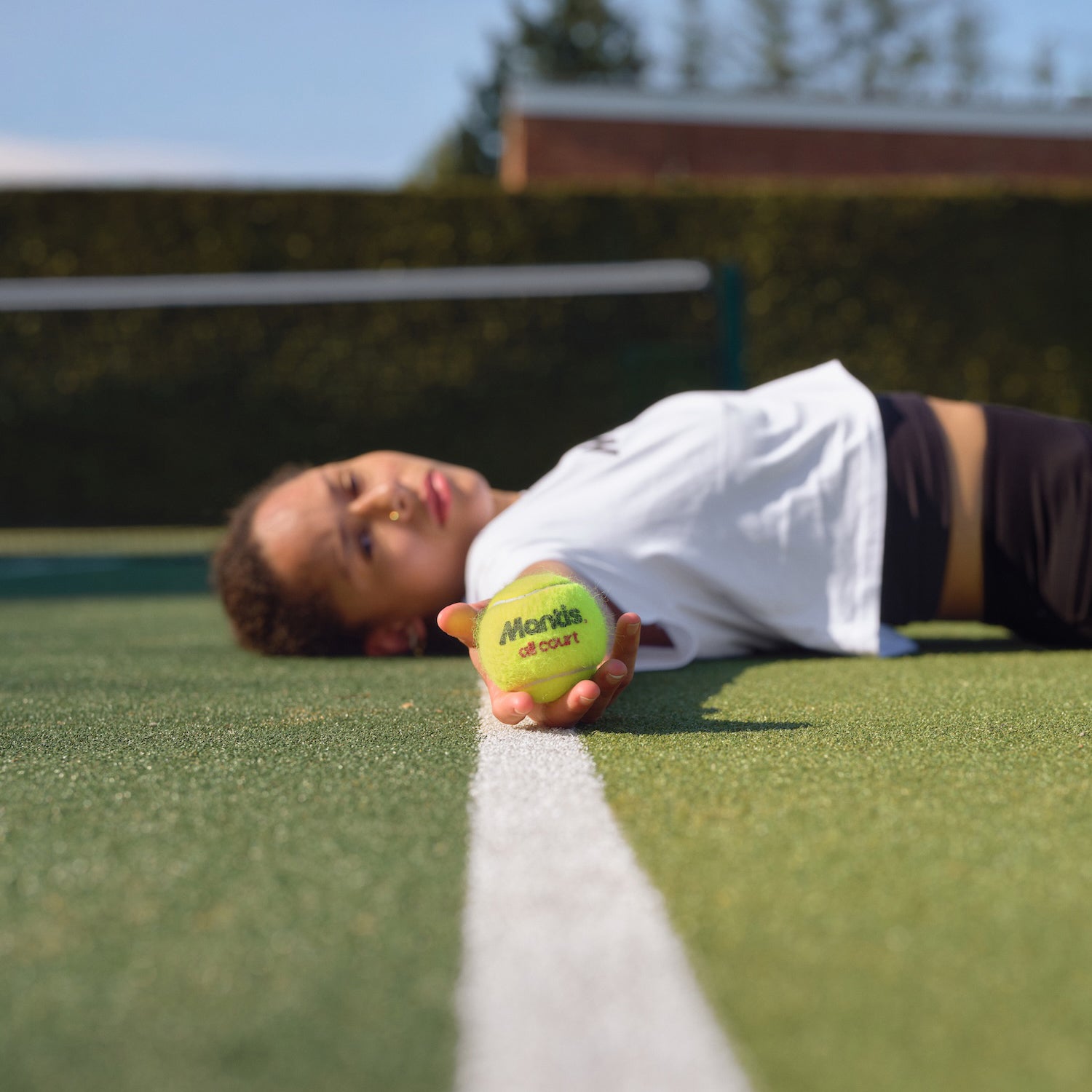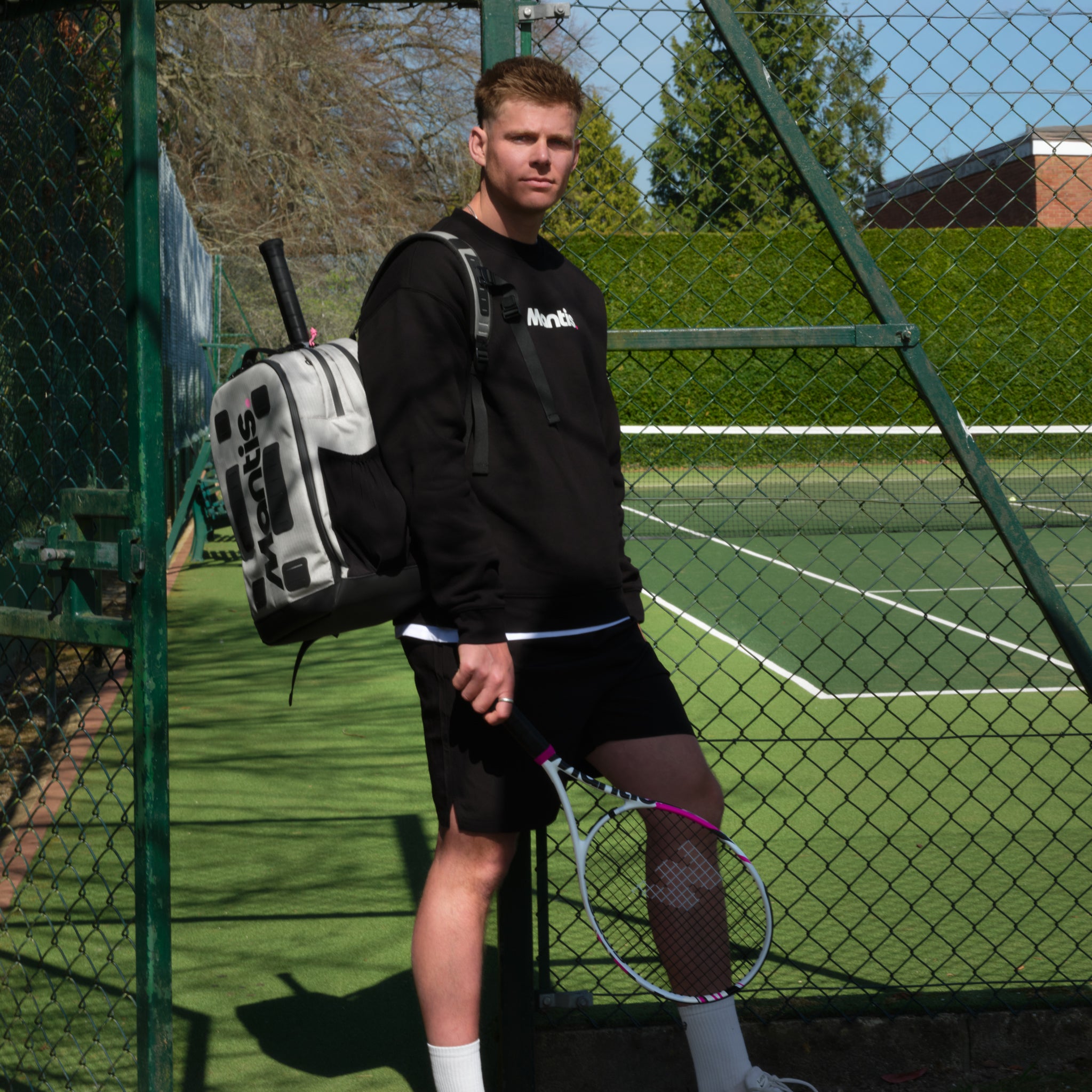
When selecting the best hard court tennis balls, it's tempting to just grab a familiar can off the shelf. However, the abrasive nature of a hard court surface places unique demands on a ball, requiring superior durability, consistent performance, and a specific feel that can withstand gruelling rallies. This guide moves beyond brand comparisons to explore the science and engineering behind a top-tier hard-court ball.
We will dissect the critical components that truly define performance. You'll learn how the specific composition of the rubber core and the type of wool used in the felt dictate a ball's longevity, bounce consistency, and overall playability. Understanding these specifications is the key to choosing a ball that not only lasts longer but also enhances your game on the most unforgiving of surfaces.
This article focuses on the materials and construction principles that create the best tennis balls for hard courts, rather than just listing different brands. We will analyse the technical aspects that matter most, with a special focus on the craftsmanship exemplified by Mantis, a brand that prioritises purpose-driven design. Prepare to look beyond the logo and understand what really makes a tennis ball excel.
1. The Core of the Matter: Rubber Composition and Internal Pressure
The fundamental element defining a tennis ball’s performance on abrasive surfaces is its core. For players on hard courts, the blend of materials and the internal pressure within this core are not just details; they are the primary factors dictating durability, bounce, and overall feel. Understanding these components is the first step in selecting the best tennis balls for hard courts.
Why rubber composition is crucial when choosing the best hard court tennis balls
Hard courts are notoriously unforgiving. The constant, high-impact collisions demand a ball core that can withstand significant force without losing its integrity. The most effective tennis balls for this environment utilise a precisely engineered blend of natural and synthetic rubber.
- Natural Rubber: This component provides the essential elasticity and lively bounce that players expect. It gives the ball its "pop" off the strings and the court.
- Synthetic Polymers: These are added to bolster durability. They prevent the core from softening too quickly, ensuring the ball maintains a consistent feel and performance level throughout a long match or intense training session.
An imbalance in this blend is immediately noticeable. A core with too much natural rubber will feel great initially but will wear out rapidly on a hard surface. Conversely, one with excessive synthetic material can feel hard and lifeless, offering a dull, unsatisfying bounce from the very first hit.
Key Insight: The optimal rubber blend is a trade-off between elasticity and resilience. For hard-court play, the formula must favour resilience to prevent the ball from going "flat" prematurely, ensuring a consistent game from the first serve to the last.
The Role of Internal Pressure
Pressurised tennis balls are filled with air or nitrogen to a pressure greater than the atmosphere, which is the source of their energetic bounce. On a hard court, a ball with a robust initial pressure can better resist the compacting forces of each impact.
However, the real hallmark of a superior ball is not just high initial pressure, but how well it maintains it. The integrity of the core's seal is paramount. A well-constructed ball, such as those developed through the advanced engineering processes seen with Mantis, is designed to minimise pressure leakage. This ensures a slow, controlled release over time, providing a predictable and reliable performance across multiple sets, rather than the sharp drop-off common with lesser-quality balls after just an hour of play. This focus on a durable core and stable internal pressure is what separates a good ball from the truly best tennis balls for hard courts.
2. Felt Durability: The Outer Defence Against Hard Court Abrasion
While the core determines a ball’s bounce and internal life, the felt covering is its first line of defence, especially on abrasive hard courts. The quality and composition of this outer layer are critical for longevity, aerodynamic stability, and how the ball interacts with the racquet strings. Selecting the best tennis balls for hard courts means paying close attention to this often-overlooked component.
Why Felt Weave and Composition Matter
The felt on a tennis ball is not merely a fuzzy yellow coating; it is a high-tech textile engineered for performance. On hard courts, the constant friction acts like sandpaper, rapidly wearing down inferior felt. This leads to a "fluffed up" ball that flies erratically and a "bald" ball that skids unpredictably. The ideal felt for hard courts is a specialised blend of natural wool and synthetic nylon.
- Natural Wool: This component provides the traditional feel and helps the strings "bite" into the ball, allowing players to generate spin effectively.
- Synthetic Nylon: Nylon fibres are woven into the felt to dramatically increase its durability. They resist the shearing forces of the court surface, preventing the felt from loosening and fluffing up too quickly.
For hard-court play, balls with a higher percentage of nylon in their felt are often labelled as "Extra Duty" or "Hard Court." This reinforced weave ensures the ball maintains its aerodynamic properties and consistent playability for longer, even during gruelling three-set matches. A ball with inadequate felt will lose its flight stability after only a few games, compromising the quality of the match.
Key Insight: The durability of the felt is paramount on hard courts. A tightly woven, nylon-reinforced felt, such as that found on premium balls developed with advanced material science, is essential. It ensures the ball resists abrasion, maintains a consistent flight path, and provides a reliable grip for spin generation throughout its lifespan.
The Impact of Felt on Playability
The condition of the felt directly influences how the ball plays. As the felt wears down, the ball not only becomes lighter and faster through the air but also feels harder upon impact. This change can disrupt a player's timing and feel, forcing constant adjustments.
A well-constructed ball, like those featuring advanced felt-locking technologies, ensures the fibres remain tightly bonded to the core. This prevents premature balding and helps the ball retain moisture and grit less effectively, keeping its weight and play characteristics more stable over time. This focus on a resilient outer covering is a defining characteristic of the best tennis balls for hard courts, ensuring performance that you can trust from the first point to the last.
Making the Informed Choice for Your Hard Court Game
Selecting the best tennis balls for hard courts transcends simple brand preference; it’s about making an informed decision grounded in materials science and performance engineering. Throughout this guide, we've explored the critical specifications that define a superior hard court ball, moving beyond marketing claims to focus on tangible qualities. The journey to finding the perfect ball is not about discovering a single "magic" brand, but rather about understanding the 'why' behind a ball's construction.
The key takeaway is that the abrasive nature of hard courts demands specific material characteristics. A ball engineered for this environment is not a happy accident; it is the result of deliberate design choices. When you prioritise these elements, you are investing in consistency, longevity, and ultimately, a better playing experience. You empower yourself to evaluate any ball based on its fundamental merits rather than just its packaging.
Key Factors to Re-evaluate Before Your Next Purchase
Before you add a can of balls to your basket, take a moment to recall the essential criteria for hard court excellence:
- Felt Composition and Weave: Always look for balls with a high percentage of natural wool in their woven felt. This composition provides superior durability against the gritty surface of a hard court, preventing the felt from fluffing up prematurely and maintaining a consistent flight path.
- Core Durability and Pressure: The rubber core is the engine of the ball. A premium, well-sealed core maintains its internal pressure for longer, ensuring a predictable and lively bounce from the first serve of your match to the final point. This resilience is what distinguishes an 'extra-duty' ball.
- Seam Construction: Pay attention to the seams. They must be robust and well-bonded to withstand the high-impact, high-spin nature of hard court rallies. A well-constructed seam contributes significantly to the ball's overall structural integrity and lifespan.
By focusing on these technical pillars, you move from being a passive consumer to an empowered player who understands their equipment. Your choice of ball becomes a strategic one, directly influencing the quality of your training sessions and matches. You'll find your shots are more predictable and your game more consistent when you use a tool specifically engineered for the court surface. A well-made hard court ball allows your technique and strategy, not equipment failure, to determine the outcome of a point. This deliberate approach ensures that every pound you spend on tennis balls is an investment in your progress.
For players and coaches who value this philosophy of purposeful design and uncompromising quality, the choice becomes clear. Mantis engineers its tennis balls with a core focus on material excellence and performance, making them an ideal selection for the rigorous demands of hard court play. This focus is also crucial for tennis coaches and clubs that require durability and consistency. Explore their range to equip yourself with a ball built for players who prioritise progress and precision. Find your perfect match at Mantis.








